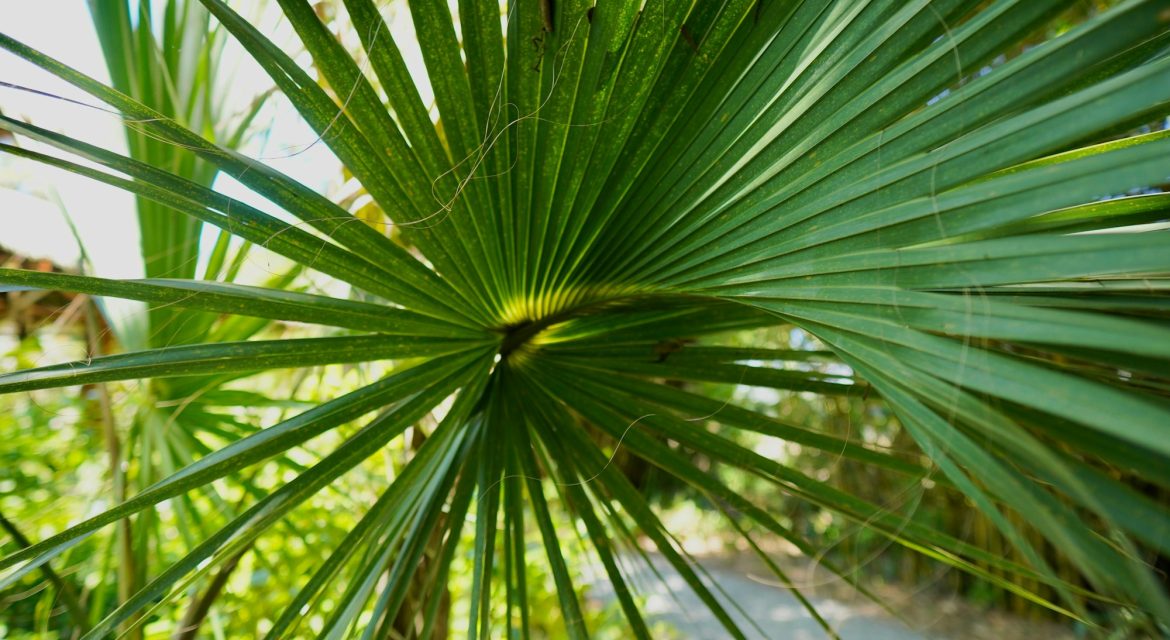Tips and Tricks for a Thriving Saw Palmetto Plant in Your Garden
Saw palmetto is a small palm tree that is native to the southeastern United States. It is a hardy and low-maintenance plant that is perfect for adding a tropical touch to your garden or landscape. In this blog, we’ll explore the basics of saw palmetto plant care, including planting, watering, fertilizing, and pruning.
Planting
Saw palmetto plants prefer well-drained soil and partial to full sunlight. They can be planted in pots or directly in the ground, but it’s important to choose a location that has good drainage and is protected from strong winds. Saw palmetto plants are also tolerant of drought and salty soils, making them a great choice for coastal gardens.
Watering
Saw palmetto plants require regular watering, especially during the first few months after planting. However, they are also tolerant of drought and can go without water for extended periods. To prevent overwatering, allow the soil to dry out between waterings, and avoid watering the leaves or trunk of the plant, as this can promote fungal growth.
Fertilizing
Saw palmetto plants don’t require much fertilizer, but a slow-release fertilizer can be applied in the spring and summer to encourage growth. Avoid using fertilizers that are high in nitrogen, as this can promote leaf growth at the expense of flower and fruit production. Saw palmetto plants also benefit from a layer of organic mulch, which helps retain moisture and suppress weeds.
Pruning
Saw palmetto plants don’t require much pruning, but dead or damaged fronds can be removed at any time. However, it’s important not to remove too many fronds, as this can weaken the plant and make it more susceptible to pests and diseases. Saw palmetto plants also produce fruit in the fall, which can be harvested and used for medicinal purposes.
Saw palmetto is a hardy and low-maintenance plant that is perfect for adding a tropical touch to your garden or landscape. With proper planting, watering, fertilizing, and pruning, your saw palmetto plant can thrive for years to come. If you’re looking for a low-maintenance plant that can tolerate drought and salty soils, saw palmetto is definitely worth considering.





